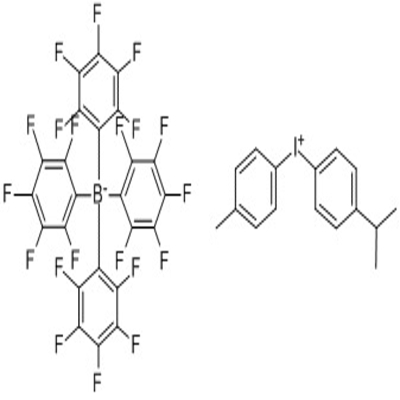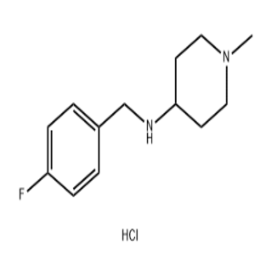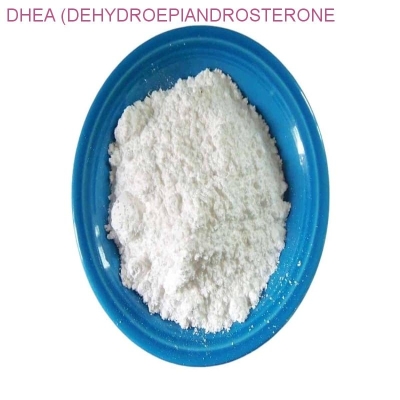Trump also learned that the price of "4 + 7" drugs dropped by 95%?
-
Last Update: 2019-12-20
-
Source: Internet
-
Author: User
Search more information of high quality chemicals, good prices and reliable suppliers, visit
www.echemi.com
Translator: Hua Ping Comprehensive: Dandelion Yuxuan I'm not obedient I'll import from Canada next door to see if you can reduce the price? On December 18, 2019, the FDA website published a news about trump government's historic measures to reduce the price of prescription drugs in the United States The trump administration has proposed legislation that would allow certain prescription drugs to be imported from Canada; in addition, the administration announced that it would provide the industry with a new draft guide describing the procedures that drug manufacturers can follow to facilitate the acceleration of the import of prescription drugs as well as biological products Today, President trump, together with the U.S Department of health and human services (HHS) and the U.S Food and Drug Administration (FDA), issued a notice of proposed rulemaking, which, if finalized, would allow the import of certain prescription drugs from Canada, according to the news NPRM is the first step in implementing a federal law provision that will allow certain prescription drugs to be imported from Canada under certain conditions to ensure that the import does not pose an additional risk to public health and safety, while significantly reducing the cost of the drug to U.S consumers On the other day (December 13), another research article "generic competition and drug price" was published on the FDA website The first generic drugs from 2015 to 2017 were used for price and competition analysis The results showed that when six or more competitors were introduced, the price reduction rate was more than 95%, which was the largest price reduction rate of China's 4 + 7 belt purchase Agreement Research shows that when the first generic drugs enter the market, there will be greater competition, resulting in a drop in the price of generic drugs Figure: generic competition and drug prices The ordinate is the ratio of the median price of generic drugs to brand drugs, and the abscissa is the number of generic manufacturers The results show that: For products with only a single generic manufacturer, the average manufacturer price of generic drugs is 39% lower than that of the brand before the generic competition, while the invoice price is 31% lower According to the data of average manufacturer price, in the case of two competitors, the price of generic drugs is 54% lower than that of brand drugs before non generic competition, while the price of generic drugs is 44% when using invoice based drug price calculation According to the average manufacturer price data, in the case of four competitors, the price of generic drugs is 79% lower than that of brand drugs before generic drugs enter the market, while the price of generic drugs is 73% when using invoice based drug price calculation In the case of six or more competitors, the generic price, which uses both the average manufacturer's price and the invoice price, is reduced by more than 95% compared to the brand price Combining all the competing categories, we found that the average manufacturer price of generic drugs in the sample was 40% relative to the median price of the brand The study is based on price information from two sources: Average manufacturer's price (AMP): this price is reported to the medical insurance and Medicaid Service Center (CMS); Invoice based wholesale price: this price reflects the pharmacy price comparison information from iqvia's national sales perspective database In addition, the administration announced that it would provide the industry with a new draft guide describing the procedures that drug manufacturers can follow to facilitate the acceleration of the import of prescription drugs and biological products The draft guide describes the procedures for drug manufacturers to submit documents that prove that drugs imported from other countries are actually FDA approved products, including products manufactured in a FDA approved manner These drugs are FDA approved, manufactured abroad, approved for sale in other countries and initially planned for sale in other countries NPRM will allow states and certain other non federal government entities to submit import program proposals to FDA for review and authorization Import programs may be co sponsored by pharmacists, wholesalers, or other state or non federal government entities These procedures, known as section 804 import programs, will be authorized by FDA to manage the import of certain prescription drugs, which have been approved by Canada and meet the conditions for FDA approval.
This article is an English version of an article which is originally in the Chinese language on echemi.com and is provided for information purposes only.
This website makes no representation or warranty of any kind, either expressed or implied, as to the accuracy, completeness ownership or reliability of
the article or any translations thereof. If you have any concerns or complaints relating to the article, please send an email, providing a detailed
description of the concern or complaint, to
service@echemi.com. A staff member will contact you within 5 working days. Once verified, infringing content
will be removed immediately.







